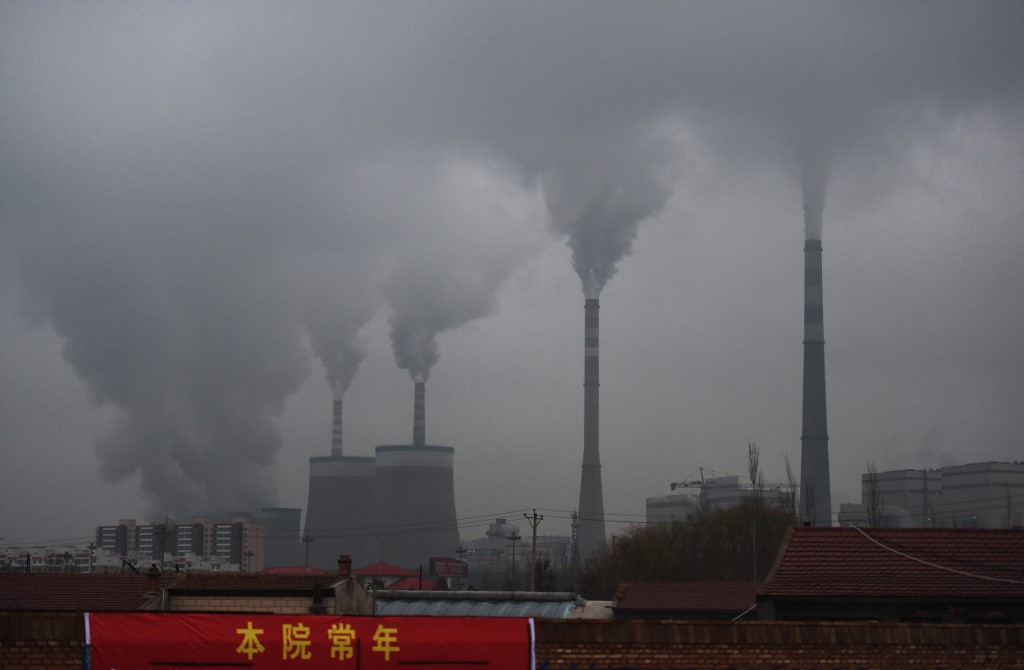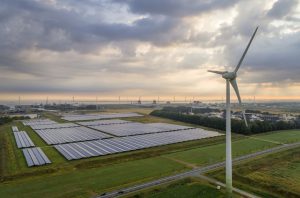Beijing had seemingly bitten off more than it can chew when it announced in late September that the country of 1.4 billion people will become carbon neutral by 2060, while ensuring that greenhouse gas emissions would peak by next decade.
When Chinese President Xi Jinping made his surprise announcement to a virtual audience of world leaders at a meeting of the UN General Assembly, no details were given of just how the feat could be accomplished.
Some had hoped that more details would be given during the country’s much-heralded 14th Five-Year Plan (2021-2025) meeting last month. Yet, targets weren’t given then also. Details are reportedly to come out next March when the National People’s Congress approves the plan.
All that has been given to date is a draft communique issued on October 30, stating in part that the beneficiaries of the plan will include petrochemicals, low carbon fuels and natural gas.
China’s petrochemical sector ramp-up would be due to the government’s goal of switching its economy away from export over-reliance and to more domestic consumption. As such, an increase in petrochemicals would also see a continued reliance on foreign-sourced crude oil imports needed to be used as feedstock.
Renewables, particularly solar and wind, would also have to make up an even larger share of the country’s energy mix than previously earmarked, though both have been making strides.
China will also need new technologies that can capture carbon dioxide released from burning fossil fuels or biomass and store it underground, known as carbon capture and storage (CCS).
Coal On The Chopping Block
However, more sacrifices will need to be made, including reducing China’s coal addiction, which has caused it to be the largest green-house gas emitter on the planet. Even with deep reductions in operational thermal coal-fired power plants, CCS technology will need to be implemented to offset its emissions.
Currently, China – the world’s largest coal user – has only one large CCS system operating, albeit at an old oil field. In 2019, coal represented 57% of China’s energy mix, according to its National Bureau of Statistics (NBS).
After Xi’s carbon neutral pledge, Beijing released a new consultation plan for a long-delayed national emissions trading scheme, moving it from a pilot project already operating in a number of cities toward a nationwide plan.
The reduction of thermal-coal power production, for its part, is an abrupt turnaround that could cause economic headwinds, particularly at the provincial level.
For the first six months of the year, Beijing had given provincial governments the green light to build more new thermal coal-fired power plants, around 40.8 GW, than the two previous years combined. The increase was tailored to boost local and provincial economies slammed earlier in the year by the Covid-19 pandemic.
China already has 97.8 GW of new coal-fired power under construction for the period, and another 151.8 GW at the planning stage.
Provincial Dynamics
However, there’s been no indication whether any of the planned or proposed plants will be axed, nor what impact that would have on provincial governments if they were.
Some analysts claim that most provincial authorities at this point don’t even believe that it’s possible to get rid of coal so quickly. Yet, it has to be kept in mind that local governments usually place greater value on the short-term economic impact of new power-plant construction, while diminishing longer-run problems created by excessive thermal power capacity.
There is a “tension at the heart of China’s energy planning,” Li Shuo, senior climate and energy officer at Greenpeace China, said after Xi’s announcement. Li argues it “pits Beijing’s strategic interests against the immediate goals of cash-strapped provincial governments, making it difficult to walk the walk”.
One option would be to continue to close existing coal-fired power plants that are either old, inefficient or not producing near capacity.
CREA analyst Lauri Myllyvirta recently said that China already has far more coal-fired capacity than it needs. He added that the average coal plant sits idle for more time than generating power, due to a history of propping up GDP numbers with wasteful spending.
Moreover, Beijing had already set a target to permanently close 7.33 GW worth of inefficient coal-based power generation capacity this year to cope with overcapacity and improve air quality.
Though details won’t be forthcoming until March, an idea of what regions might be sacrificed can be derived by the NEA’s (China’s top energy planner) framework to cut coal power capacity in 17 provinces and regions this year. Henan province in central China, for its part, has been ordered to close 2.06 GW of coal-fired power – the highest target of any province or region earmarked for capacity cuts.
Zhejiang and Jiangsu provinces in eastern China had been allocated the second and third highest targets, having been ordered to close 831MW and 746.5MW worth of coal power capacity, respectively.
An Argus media reports said in June that these cuts were in line with China’s strategy to shift coal-fired power generation to the coal-producing heartlands in the north and west of the country in order to cut air pollution in the more populous eastern and southern regions.
Conversely, Inner Mongolia and Shanxi province, in northern China, and the country’s two leading coal production areas, were ordered to shut down only 42MW and 87MW of coal power capacity this year, respectively, representing the lowest targets set among the provinces and regions.
It also appears to be in line with Beijing’s longer-term plans to raise the portion of power generation from Inner Mongolia and Shanxi that can be transmitted to eastern and southern China. Going forward, the NEA could implement the same strategy for canceling new proposals and projects that are not near coal producing areas.
At the end of the day, there’s no quick fix for Beijing to meet its ambitions carbon neutral goals, however, coal must be at the heart of its efforts.
• By Tim Daiss
This report was updated on December 28, 2021 for style purposes.
ALSO SEE:
China Hits Aussie Exports, But There’s One Commodity They Won’t Touch
Beijing Seen Waging A Shadow Trade War on Australia
China ‘Should Not Give Stimulus Funds For Coal Plants’
























